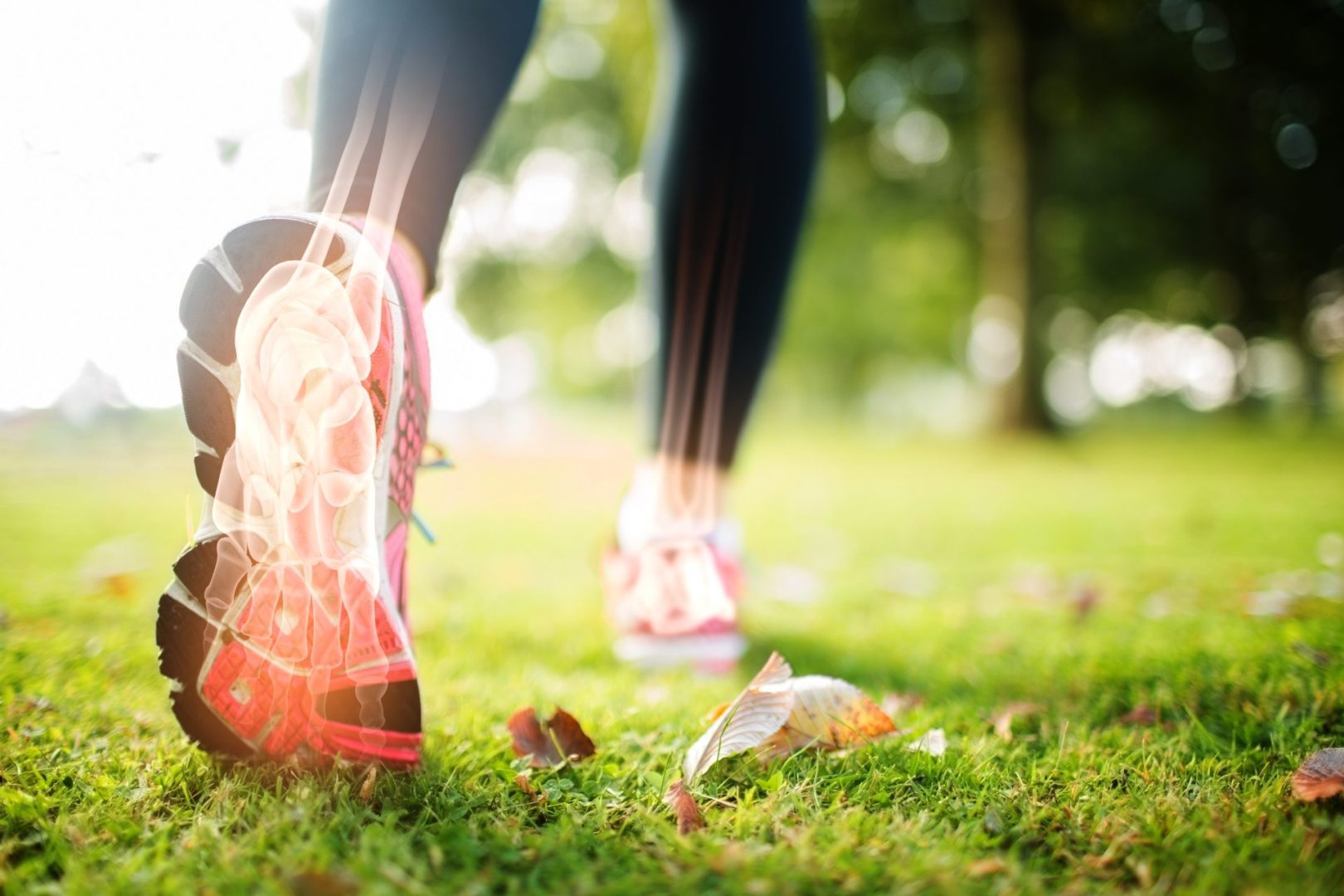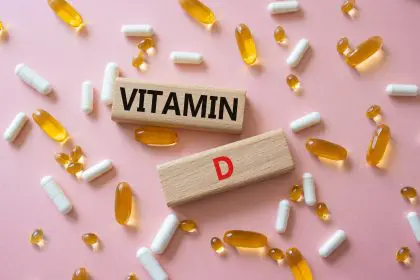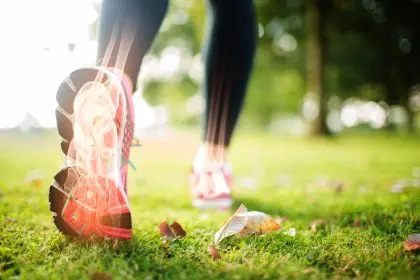The human skeleton rebuilds itself continuously throughout life, replacing old bone tissue with fresh, strong material in a process that typically maintains bone density until middle age. However, certain daily habits can disrupt this delicate balance, causing bone loss to outpace bone formation years or even decades before symptoms appear. Understanding which common behaviors silently weaken bones empowers individuals to make protective changes before irreversible damage occurs.
Bone density reaches its peak around age 30, after which gradual loss becomes natural. The rate of this decline varies significantly based on lifestyle factors, with some habits accelerating bone loss by as much as 2-3% annually compared to the normal rate of 0.5-1%. This difference compounds over time, potentially leading to osteoporosis, fractures, and loss of independence in later years.
The insidious nature of bone loss makes prevention crucial, as bones can lose substantial density without causing pain or obvious symptoms. By the time fractures occur, significant structural damage has already taken place. Recognizing and addressing bone-depleting habits early provides the best opportunity to maintain strong, healthy bones throughout life.
1. Sitting for extended periods weakens bone structure
Modern lifestyles increasingly involve prolonged sitting, whether at desks, in cars, or watching television. This sedentary behavior directly impacts bone density by reducing the mechanical stress that bones need to maintain their strength. Weight-bearing activities stimulate bone-building cells called osteoblasts, while prolonged inactivity allows bone-destroying cells called osteoclasts to dominate.
The absence of gravitational stress during extended sitting periods signals the body that dense, heavy bones are unnecessary. This evolutionary adaptation helped early humans survive periods of reduced activity, but becomes problematic when sitting becomes the dominant daily position. Even individuals who exercise regularly may experience bone loss if they spend most remaining hours seated.
Research demonstrates that people who sit more than 8 hours daily show measurably lower bone density in the spine and hips compared to those who break up sitting time with regular movement. The effect appears dose-dependent, meaning longer sitting periods cause greater bone loss. Simple interventions like standing every 30 minutes can help counteract this negative impact.
2. Excessive caffeine consumption leaches calcium
Coffee, tea, and caffeinated beverages have become integral parts of daily routines for millions of people. While moderate caffeine intake offers various health benefits, excessive consumption can interfere with calcium absorption and increase calcium excretion through urine. This dual effect gradually depletes the body’s calcium stores, forcing bones to release their calcium reserves to maintain blood levels.
Each cup of coffee causes the body to lose approximately 5-10 mg of calcium through increased urination. For people consuming multiple caffeinated beverages daily, this loss can accumulate to significant amounts over time. The effect becomes particularly pronounced when caffeine intake exceeds 400 mg daily, equivalent to about four cups of coffee.
The timing of caffeine consumption also matters for bone health. Drinking caffeinated beverages with or shortly after calcium-rich meals can reduce calcium absorption by up to 30%. This interference occurs because caffeine affects the intestinal cells responsible for calcium uptake, making dietary calcium less available for bone building.
3. High sodium intake accelerates calcium loss
The typical American diet contains far more sodium than the body requires, with processed foods, restaurant meals, and added table salt contributing to excessive intake. High sodium consumption forces the kidneys to excrete more calcium to maintain proper mineral balance in the blood. This process gradually depletes calcium stores and weakens bone structure over time.
For every 2,300 mg of sodium consumed (the daily recommended limit), the body loses approximately 40 mg of calcium through urine. Many Americans consume 3,400 mg or more of sodium daily, creating substantial calcium losses that bones must replace from their mineral reserves. This continuous drain on bone calcium accelerates the natural bone loss process.
Processed and packaged foods contribute the majority of dietary sodium, often in surprising amounts. Bread, deli meats, cheese, canned soups, and frozen meals can contain hundreds of milligrams of sodium per serving. Even foods that do not taste particularly salty may harbor significant sodium content, making label reading essential for bone protection.
4. Alcohol consumption disrupts bone formation
Regular alcohol consumption interferes with bone health through multiple mechanisms that both reduce bone formation and increase bone breakdown. Alcohol directly affects osteoblasts, the cells responsible for building new bone tissue, reducing their activity and lifespan. Simultaneously, it stimulates osteoclasts, the cells that break down old bone, creating an imbalance that favors bone loss.
The liver metabolizes alcohol into acetaldehyde, a toxic compound that damages bone-forming cells and interferes with protein synthesis needed for bone matrix formation. Chronic alcohol exposure also disrupts hormone production, including testosterone and estrogen, which play crucial roles in maintaining bone density throughout life.
Alcohol consumption affects calcium absorption in the intestines and magnesium retention in the kidneys, further compromising bone health. The dehydrating effects of alcohol can also reduce the body’s ability to transport nutrients to bone tissue. Even moderate drinking patterns may impact bone density when maintained over many years.
5. Smoking destroys bone-building mechanisms
Tobacco use represents one of the most damaging habits for bone health, affecting nearly every aspect of bone metabolism and repair. The chemicals in cigarette smoke directly damage osteoblasts while stimulating osteoclasts, creating a cellular environment that favors rapid bone loss. Carbon monoxide reduces oxygen delivery to bone tissue, impairing the metabolic processes necessary for bone formation.
Nicotine constricts blood vessels, reducing blood flow to bones and limiting the delivery of nutrients essential for bone health. This vascular damage also impairs the body’s ability to repair microscopic bone damage that occurs naturally through daily activities. Over time, this compromised repair mechanism leads to accumulated damage and structural weakness.
The hormonal effects of smoking further compromise bone health by reducing estrogen production in women and testosterone in men. These hormones play vital roles in maintaining bone density, and their reduction accelerates bone loss beyond normal aging patterns. Former smokers show gradual improvement in bone health, but complete recovery may take years or may never fully occur depending on smoking duration and intensity.
6. Inadequate protein intake weakens bone matrix
Bones consist of more than just calcium and minerals; they require a protein matrix to provide flexibility and strength. Collagen, the primary protein in bones, forms a scaffold that holds mineral deposits in place and gives bones their ability to bend without breaking. Insufficient protein intake compromises this structural foundation, leading to brittle bones prone to fracture.
Many people, particularly older adults and those following restrictive diets, fail to consume adequate protein for optimal bone health. The body requires approximately 1.2-1.6 grams of protein per kilogram of body weight daily to support bone protein synthesis. When dietary protein falls short, the body may break down muscle and bone tissue to obtain necessary amino acids for vital functions.
The timing and quality of protein intake also influence bone health outcomes. Spreading protein consumption throughout the day optimizes amino acid availability for bone protein synthesis. Complete proteins containing all essential amino acids provide superior support for bone formation compared to incomplete protein sources.
7. Chronic stress elevates bone-destroying hormones
Persistent psychological and physical stress triggers the release of cortisol, a hormone that significantly impacts bone metabolism. Elevated cortisol levels reduce calcium absorption in the intestines while increasing calcium excretion through the kidneys. The hormone also directly inhibits osteoblast activity while promoting osteoclast function, tilting the balance toward bone destruction.
Chronic stress often leads to behaviors that further compromise bone health, including poor sleep, increased caffeine consumption, and reduced physical activity. The cumulative effect of these stress-related changes can accelerate bone loss beyond what cortisol alone might cause. Sleep deprivation specifically disrupts growth hormone release, which plays important roles in bone formation and repair.
The inflammation associated with chronic stress also contributes to bone loss by activating immune system pathways that promote bone breakdown. Stress management techniques including regular exercise, adequate sleep, and relaxation practices can help maintain healthier cortisol levels and protect bone density.
8. Skipping weight-bearing exercise eliminates bone stimulus
Physical activity, particularly weight-bearing and resistance exercises, provides the mechanical stress that bones need to maintain their density and strength. The absence of regular exercise eliminates this crucial stimulus, allowing bones to weaken through disuse. Even short periods of inactivity can result in measurable bone loss, particularly in weight-bearing bones of the legs and spine.
The body adapts bone strength to match the demands placed upon it, following the principle that unused structures weaken over time. Astronauts in zero gravity environments can lose 1-2% of bone density per month, demonstrating how quickly bones respond to reduced mechanical loading. Similar but less dramatic changes occur with terrestrial inactivity.
Different types of exercise provide varying benefits for bone health. Weight-bearing activities like walking, jogging, and dancing stress bones in ways that promote density maintenance. Resistance training creates additional forces that stimulate bone formation throughout the skeleton. Balance and flexibility exercises help prevent falls that could result in fractures of weakened bones.
Understanding bone loss progression
Bone loss typically occurs silently over many years before becoming clinically apparent. The process begins with microscopic changes in bone architecture that gradually compromise structural integrity. Peak bone mass achieved during youth provides a reservoir that can buffer against age-related losses, making early bone-building activities crucial for long-term skeletal health.
Individual variation in bone loss rates depends on genetic factors, hormonal status, and lifestyle choices. Women experience accelerated bone loss during menopause due to declining estrogen levels, while men generally experience more gradual but consistent losses throughout middle age. Certain medical conditions and medications can also influence bone metabolism.
The cumulative nature of bone-depleting habits means that multiple small negative influences can combine to create significant problems over time. Conversely, positive changes in multiple areas can work synergistically to preserve and even improve bone density, even in older adults.
Protective strategies for lifelong bone health
Maintaining strong bones throughout life requires a comprehensive approach that addresses multiple risk factors simultaneously. Regular weight-bearing exercise provides the mechanical stimulus bones need while improving balance and coordination to prevent falls. Adequate nutrition ensures availability of calcium, vitamin D, protein, and other nutrients essential for bone metabolism.
Lifestyle modifications can significantly impact bone health outcomes regardless of age. Reducing excessive caffeine and sodium intake helps preserve calcium stores, while limiting alcohol consumption supports healthy bone metabolism. Stress management techniques protect against cortisol-induced bone loss while improving overall health and well-being.
Environmental factors also influence bone health, with adequate sunlight exposure supporting vitamin D production and safe living spaces reducing fall risks. Regular health screenings can identify bone loss before fractures occur, allowing for targeted interventions to prevent further deterioration.
The habits that destroy bone density often feel harmless in isolation but create cumulative damage over decades. By recognizing these silent threats and implementing protective strategies early, individuals can maintain strong, healthy bones throughout their lives and preserve their independence and quality of life as they age.













